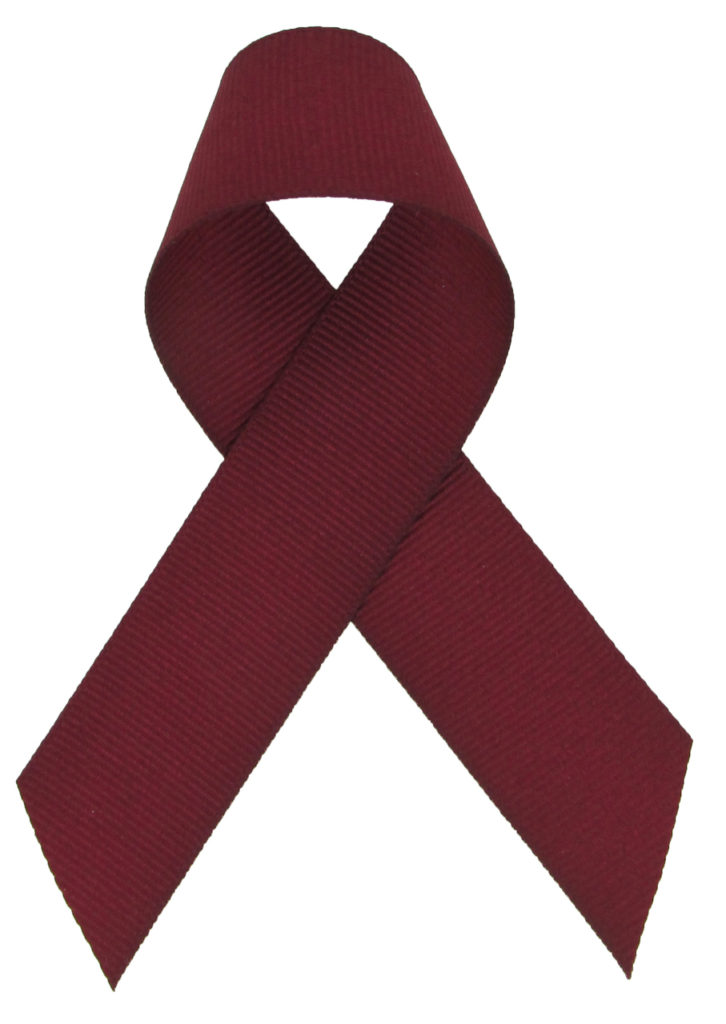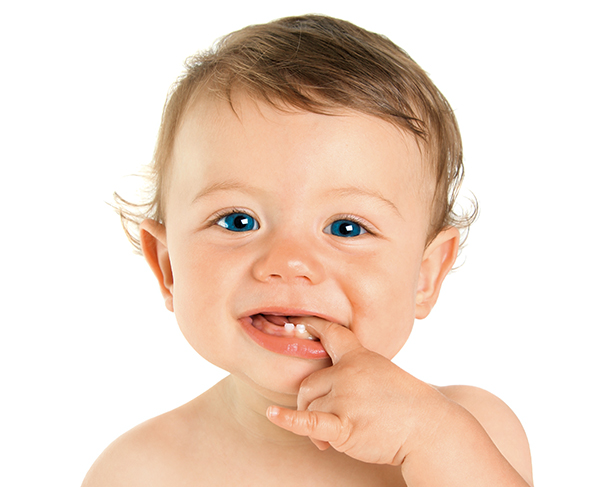 Dr. Laura Frangella, Your Manhattan Dentist
When floss isn’t around, some people resort to a range of peculiar items to remove what their toothbrush left behind.
A recent article in ADA News detailed the results of an Ipsos survey that asked 1,005 Americans what objects they use to get in those hard-to-reach places. The results may surprise you (or not)…
Dr. Laura Frangella, Your Manhattan Dentist
When floss isn’t around, some people resort to a range of peculiar items to remove what their toothbrush left behind.
A recent article in ADA News detailed the results of an Ipsos survey that asked 1,005 Americans what objects they use to get in those hard-to-reach places. The results may surprise you (or not)…
- Fingernails came in at the top of the list, with 61% of respondents saying they’ve removed plaque and food particles this way.
- Folder paper or cards finished second at 40%.
- Cutlery took third with 21%.
- Safety pins were next at 14%.
- Strands of hair rounded out the list with 7% of people saying they’ve put this in their mouth.
- damaging your gums and teeth
- choking on the item
- infection
- a big dental bill to repair any damage you’ve done!

Oral cancers are the sixth most common cancers in the world. According to the National Institute of Health, it is estimated that approximately 91,200 people in the US are living with oral cancer, and approximately 37,000 new cases are diagnosed every year.
Two known major risk factors for oral cancer are tobacco use and heavy alcohol consumption. Giving us another great reason to give up smoking and be healthier! Another great tip is always use sunscreen, even on your lips. Exposure to the sun can also increase your risk of lip cancer.
While performing your daily oral hygiene routine, keep an eye on the soft tissues of your mouth. If you develop a sore that doesn’t heal within two weeks you should see your dentist to get it checked out.
Oral cancer screenings are a routine part of your dental examinations. During an exam, your dentist will carefully examine the tissues of the mouth and tongue and take note of anything that might be out of the ordinary. When found early, it can give you a better chance for successful treatment. As public awareness and education about oral cancers increase, early detection will improve.
]]>  When you invest in your smile, you reap the rewards.
That includes the time you spend cleaning and caring for your smile at home, as well as the time with your Manhattan dentist.
As a dentist who specializes in cosmetic dentistry, I know how a simple tooth whitening treatment can take years off someone’s smile. With resin bonding, I’ve helped restore chipped or fractured teeth for other patients in one simple visit.
The moment a person sees these exceptional changes in their appearance … they immediately light up and carry themselves with more confidence. The compliments start flowing from friends and family … and they can’t help but smile every opportunity they get!
But you don’t have to take my word for it! Most people really care about how their smile looks and believe it’s a worthwhile investment. A study by the American Academy of Cosmetic Dentistry reveals…
When you invest in your smile, you reap the rewards.
That includes the time you spend cleaning and caring for your smile at home, as well as the time with your Manhattan dentist.
As a dentist who specializes in cosmetic dentistry, I know how a simple tooth whitening treatment can take years off someone’s smile. With resin bonding, I’ve helped restore chipped or fractured teeth for other patients in one simple visit.
The moment a person sees these exceptional changes in their appearance … they immediately light up and carry themselves with more confidence. The compliments start flowing from friends and family … and they can’t help but smile every opportunity they get!
But you don’t have to take my word for it! Most people really care about how their smile looks and believe it’s a worthwhile investment. A study by the American Academy of Cosmetic Dentistry reveals…
- 45% of survey participants agree that your smile is your best asset
- 54% of people 50 and older say a smile is the feature that best withstands the test of time
- 80% would spend money on their smile to keep a youthful appearance
- people would first address their smile before weight gain and signs of aging, such as wrinkles and dark circles under the eyes.
 Dr. Tina Frangella
It’s unnerving for any parent to watch as their child suffers in pain and agony during the teething process. You want to help however you can because you want them to feel better.
But you need to be careful when deciding on what to offer your child to chew on during this stage of their oral development.
On the “to-avoid” list is teething jewelry. The U.S. Food and Drug Administration (FDA) recently warned parents not to use this jewelry, which includes necklaces, bracelets, and other items, because it can be dangerous. There have been reports of deaths and serious injuries. In one case, a 7-month-old choked on the beads of a wooden teething bracelet while under supervision, according to ADA News. Another child, an 18-month-old, died after being strangled by his teething necklace while sleeping.
These products are made out of materials such as marble, silicone, amber, or wood. They are specifically marketed for relieving teething pain and providing stimulation for people with special needs.
Instead of taking unnecessary risk with these products, we recommend heeding the warning and talking to us, your Manhattan dentist, about the safe options for your child. Some of the safe ways to provide relief are:
Dr. Tina Frangella
It’s unnerving for any parent to watch as their child suffers in pain and agony during the teething process. You want to help however you can because you want them to feel better.
But you need to be careful when deciding on what to offer your child to chew on during this stage of their oral development.
On the “to-avoid” list is teething jewelry. The U.S. Food and Drug Administration (FDA) recently warned parents not to use this jewelry, which includes necklaces, bracelets, and other items, because it can be dangerous. There have been reports of deaths and serious injuries. In one case, a 7-month-old choked on the beads of a wooden teething bracelet while under supervision, according to ADA News. Another child, an 18-month-old, died after being strangled by his teething necklace while sleeping.
These products are made out of materials such as marble, silicone, amber, or wood. They are specifically marketed for relieving teething pain and providing stimulation for people with special needs.
Instead of taking unnecessary risk with these products, we recommend heeding the warning and talking to us, your Manhattan dentist, about the safe options for your child. Some of the safe ways to provide relief are:
- Take one finger and gently rub or massage the gums.
- Clean your baby’s mouth with a damp gauze pad three or four times per day.
- Give them a teething ring made of rubber.
It’s a life-altering moment, and one of the main reasons I love what I do! A recent article on the American Academy of Cosmetic Dentistry’s website highlights the fact it can be challenging – for even the most skilled dentists – to replace a missing a tooth in this area and have it look authentic. I can attest to the fact that certain cases are more complex than others. At Frangella Cosmetic and General Dentistry, my siblings and I use minimal to non-invasive treatments to help people like you achieve optimal results that can last a lifetime. We want you to feel relaxed and confident when you put your dental care in our hands. And … we have the education and experience to create your perfect smile! If you’re missing one or more teeth, or lose any teeth in the future, it’s important you address it early on. If not, you may experience …
- bone loss
- facial changes (older look)
- shifting teeth
- difficulty chewing food.
Frangella Dental
Offering advanced techniques in Cosmetic and General Dentistry in New York City.
200 W. 57th Street, Suite 1405
New York, NY 10019
(212) 245-2888
care@drfrangella.com





